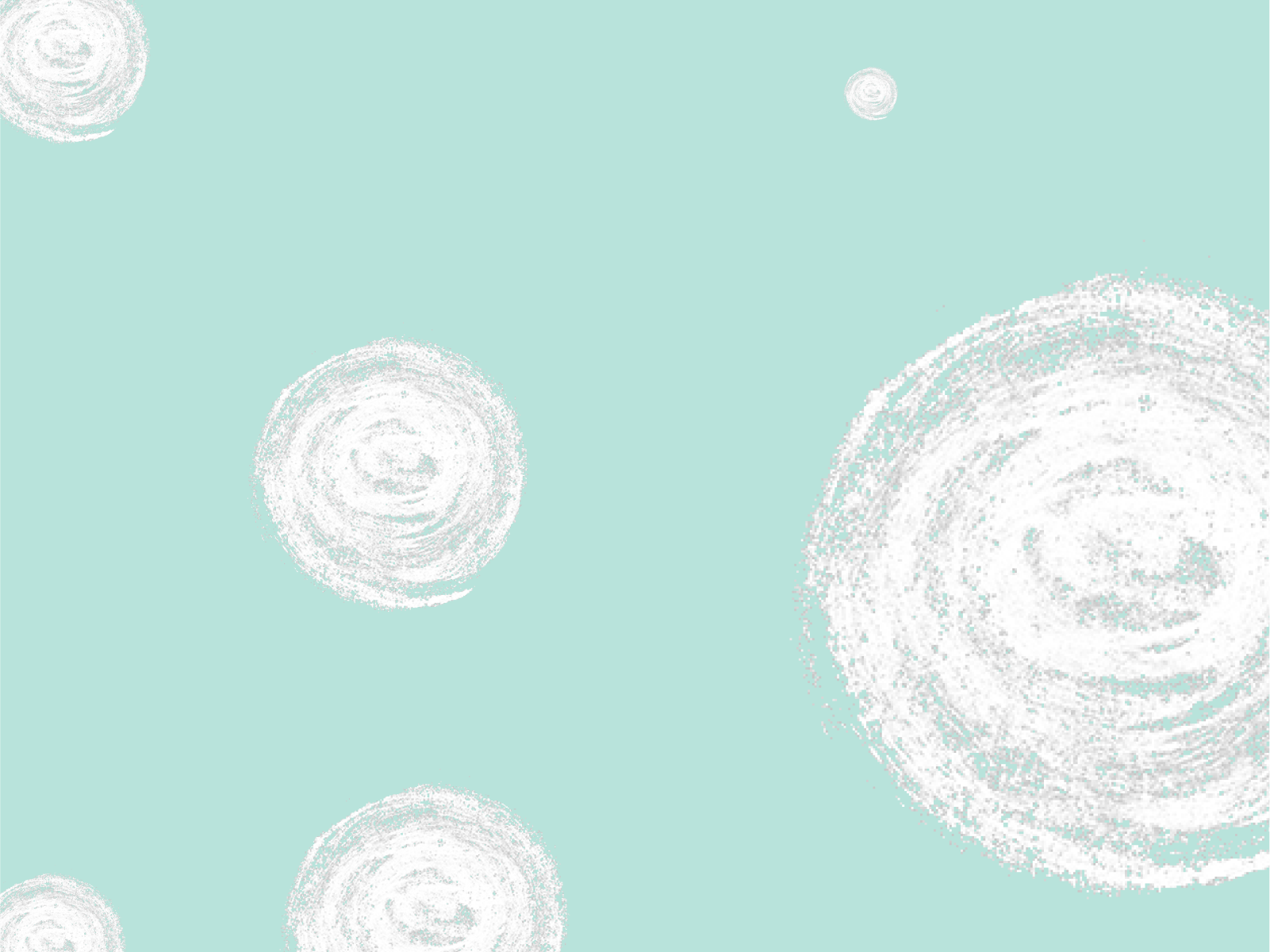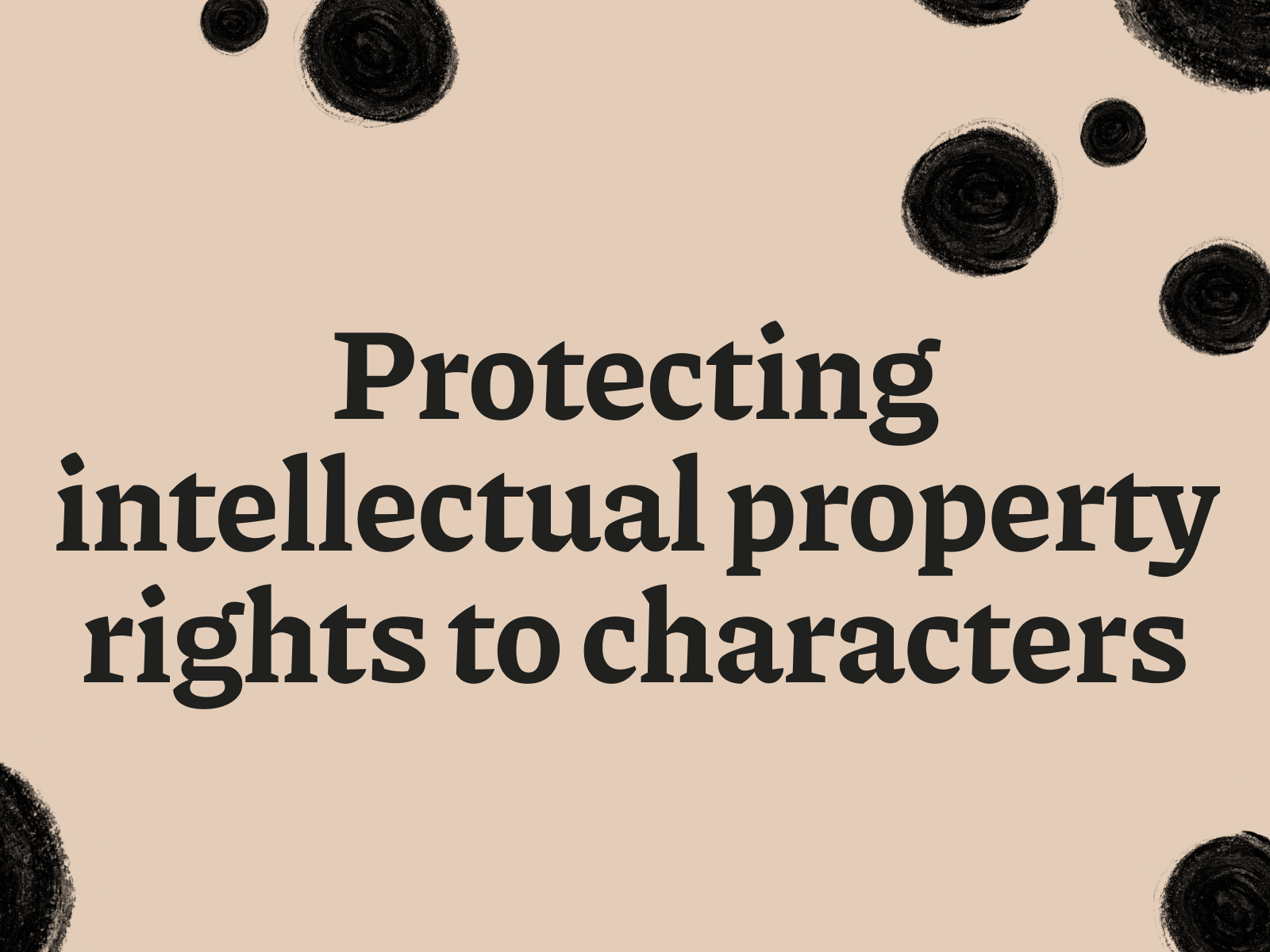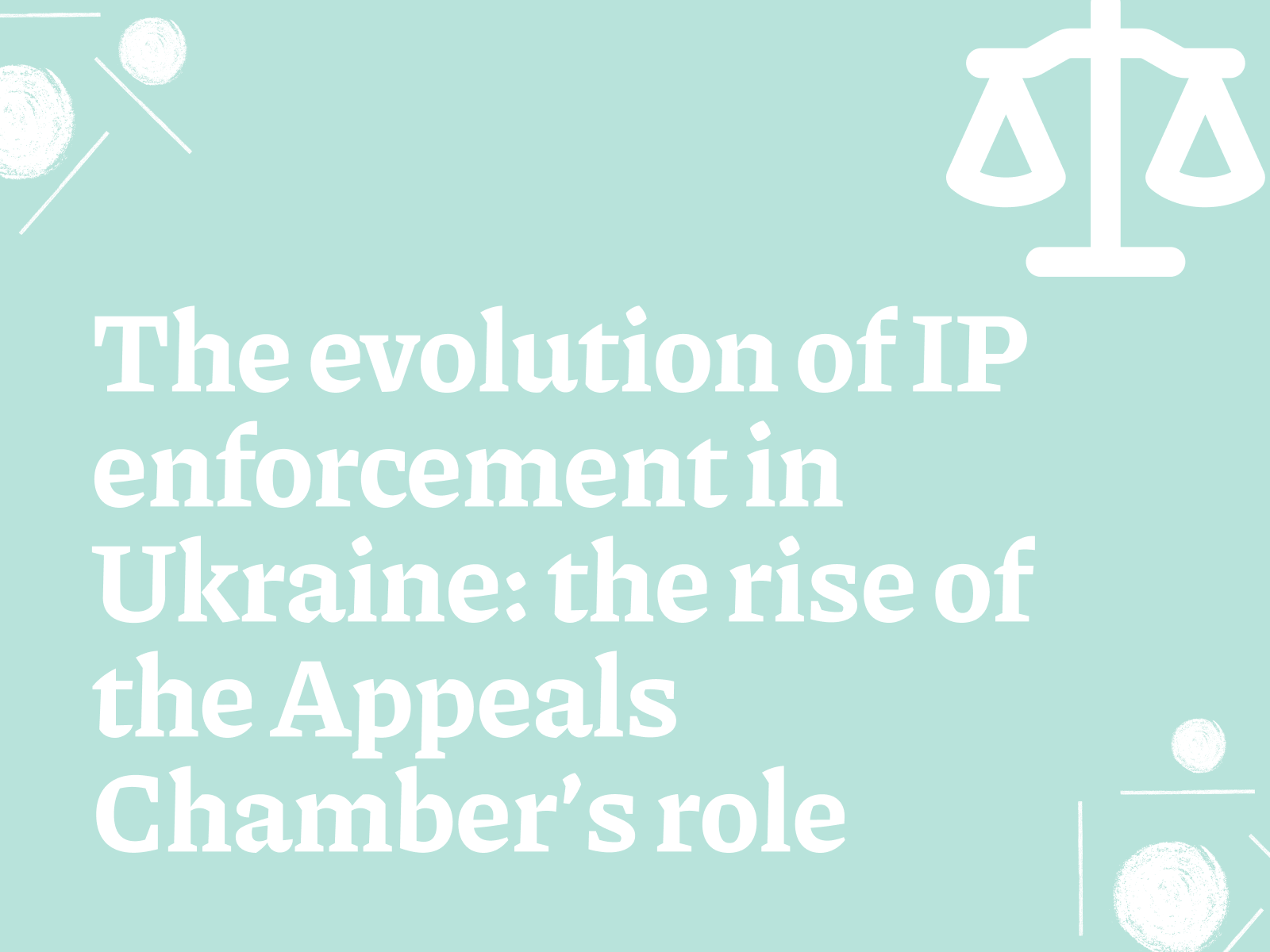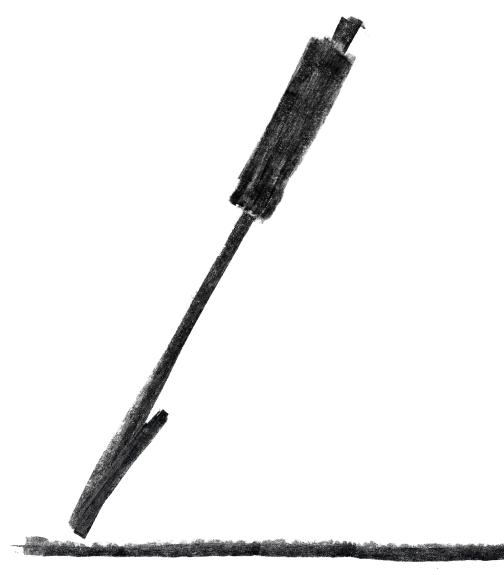Introduction
In today’s world, where innovation and design play a key role in the competition in the market, industrial design patenting has become an integral part of the intellectual property protection strategy. Industrial designs are the creation of human intelligence, embodied in a unique form, design or construction of products that can be used in industry or other spheres of activity. Knowing what can be patented as an industrial design allows authors and inventors to effectively protect their rights and interests, providing them with the exclusive right to use and commercialize their designs.
It is important to understand the difference between an invention, a utility model and an industrial design and to know the conditions for obtaining protection for your industrial design in order to successfully complete the registration procedure and obtain legal protection in Ukraine and abroad.
Concept of industrial design
Industrial samples are a unique combination of aesthetic characteristics of a product, which can be embodied in a form, pattern, colour or their combination. These characteristics make the product visually attractive and recognizable to the consumer, reflecting the innovative approach and creativity of the developer. The concept of industrial design covers a wide range of goods, from household appliances to packaging and fashion accessories, where the key aspect is its appearance rather than functionality.
Industrial design is important in the intellectual property system because it helps to maintain competition by stimulating innovation in design and providing legal protection to creative solutions. Protection of rights to an industrial design is carried out by obtaining a certificate (formerly a patent), which recognizes authorship and grants the owner exclusive rights to use the design. This means that no one else can manufacture, sell or import products with the same or similar design without the consent of the certificate holder.
The importance of correctly understanding and defining an industrial design cannot be overstated. This is the initial step towards effective intellectual property protection, which provides the basis for commercial success and innovative development. Whether it’s a fashionable piece of clothing or a new packaging design, every industrial design carries value and deserves protection under intellectual property law.
The protection of industrial designs in Ukraine and other countries is regulated by relevant laws and regulations that determine the procedures and conditions of registration. This includes the need to demonstrate the novelty and individual character of the design, which emphasizes the uniqueness and originality of the product on the market.
Thus, the understanding and proper use of tools for the legal protection of industrial designs opens wide opportunities for developers and entrepreneurs who wish to strengthen their position in the market and protect their innovations from unfair competition.
Criteria and conditions for patenting
In order to successfully patent an industrial design, it is necessary to satisfy certain criteria and conditions established by legislation in the field of intellectual property. These terms serve to ensure that only truly unique and original designs are protected, thereby fostering innovation and maintaining fair competition in the marketplace.
The terms of the industrial design certificate include:
- Novelty: the industrial design must be new at the time of filing This means that no identical or similar designs should have been published or made available to the public before the filing date.
- Individual character: the design must be significantly different from known designs or combinations of design features in such a way as to create a unique impression on the informed user.
In order to patent an industrial design in Ukraine, the applicant must submit an application to the Ukrainian National Office of Intellectual Property and Innovation. The process includes the preparation and submission of a set of documents, which, as a rule, consists of:
- Certificate applications.
- Photographs or graphic images of the sample showing all of its characteristics.
- Descriptions of the sample indicating its novelty and individual character.
- Receipts for payment of state duty.
Industrial model patenting in Ukraine also provides for a formal examination of the application regarding compliance with all necessary requirements and conditions. In the case of a positive result of the examination, a certificate is issued, which is valid for 5 years and can be extended for one or more five-year terms, subject to payment of a fee. The total term of validity of property rights to a registered industrial design cannot exceed 25 years.
It is important that the patenting process can be quite complex and requires a detailed understanding of the legislation in the field of intellectual property. Therefore, many applicants prefer to use the services of qualified lawyers or patent attorneys who can provide professional support at all stages of obtaining a certificate.
Thus, compliance with the established criteria and conditions not only contributes to the successful patenting of an industrial design but also ensures reliable protection of the rights of authors and inventors, allowing them to protect their innovations and investments in the development of unique designs.
What can be patented as an industrial design?
Determining what exactly can be patented as an industrial design is a key point in the process of protecting intellectual property. The possibility of obtaining a certificate for industrial design opens wide prospects for designers and developers who seek to protect their unique creative ideas and innovations.
Types of industrial samples
Industrial samples can cover a wide range of products, from everyday objects to complex technical devices. Here are some examples:
- Household appliances and electronics: the unique design of smartphones, teapots, coffee machines and other appliances can be protected as an industrial design.
- Furniture and interior: separate furniture, lamps, and decorative elements with a unique shape, pattern or design.
- Clothing and accessories: design of clothes, shoes, jewelry, bags and other accessories that stand out for their uniqueness.
- Packaging of goods: innovative packaging that differentiates the product on the shelf and ensures its recognition.
- Graphic symbols and typography: original fonts or graphic symbols used in branding and marketing.
Industrial designs include elements that can be protected as industrial designs and must meet the criteria of novelty and individuality. This means that the design must be original and different from all previously known ones.
That cannot be considered an industrial design
Not everything created by designers can be protected as an industrial design. The protection does not extend to the ideas, the functionality of the product or any aspects related solely to the technical execution of the product. For example, if a certain form of a product is defined solely by its functional characteristics, such a product can be protected as an industrial design.
Knowing which types of products and designs can be protected as industrial designs allows authors and developers to effectively plan a strategy for protecting their intellectual rights. This not only helps to protect their creative achievements but also provides a commercial advantage in the market, increasing the recognition and value of their products.
Differences between industrial designs and other objects of intellectual property
Understanding the differences between industrial designs and other types of intellectual property, such as inventions and utility models, is key to the proper protection and use of these assets. These categories protect different aspects of creativity and innovation, offering unique opportunities and limitations depending on the characteristics of the object of protection.
Inventions and utility models refer to technical solutions and innovations. They relate to new and useful functions, methods or technologies, offering solutions to technical problems. Inventions often require significant innovative steps and offer broad protection, while utility models usually involve simpler technical improvements and can be protected more quickly and easily, but usually for a short period of time.
Unlike inventions and utility models, industrial designs protect the aesthetic aspect or appearance of a product without affecting its functionality. This means that the protection of the industrial design is aimed at the appearance of the product – its shape, pattern, texture or colour solution, which gives the product individuality and makes it attractive to the consumer.
The basic difference between an invention and a useful model consists of the object of protection. An invention patent grants rights to a technical solution or method, while a design certificate only protects the appearance of the product. This difference emphasizes the importance of choosing the appropriate type of protection depending on the characteristics of the created object and the desired strategy of intellectual property protection.
The correct distinction between these categories of intellectual property allows developers and entrepreneurs to use the system of protection of rights as effectively as possible, choosing the most suitable tool to protect their innovations. A comprehensive understanding of the opportunities provided by each form of intellectual property promotes the development of innovative activities, providing protection and support for creative ideas and investments in new developments.
Thus, knowledge of the specifics and differences between different types of intellectual property, including designs, inventions, and utility models, is key to ensuring adequate protection and management of intellectual assets in today’s economy.
Legal assistance and consultations
Obtaining an industrial design certificate can be a complex process that requires a deep understanding of intellectual property legislation. In this context, consultation with a lawyer specializing in intellectual property, become an invaluable resource for inventors and businesses seeking to protect their innovations and designs.
Ask a lawyer about the nuances of the patenting process and potential difficulties can help avoid common mistakes that can delay the process of obtaining a certificate or even lead to rejection. Legal professionals can offer strategic advice on:
- Preparation and submission of the application for the certificate, including the preparation of the description and the preparation of the necessary images.
- Assessments of novelty and individuality of design in order to meet the requirements of patentability.
- Navigation through the registration process and possible legal challenges.
In Ukraine, there are many law firms and patent attorneys who specialize in the protection of intellectual property. Lawyers of Ukraine, who have experience in working with industrial designs, can offer comprehensive services, starting from the preliminary examination and filing of the application and ending with the protection of the rights of the owner of the certificate in court.
Seeking professional legal help offers a number of benefits, including:
- Confidence in the correctness and completeness of the submitted documents.
- Effective representation of the applicant’s interests before patent offices and in court proceedings.
- Advice on strategy for commercialization and licensing of patented designs.
Conclusions
Patenting an industrial design is an important step on the way to the protection and commercialization of unique design solutions. This process not only emphasizes the importance of innovation and creativity in today’s economy but also provides creators with the necessary legal protection for their intellectual property. The importance of understanding what is patentable as an industrial design and knowing the criteria and conditions for successful patenting cannot be overstated.
As we have discussed, the distinction between industrial designs and other intellectual property objects, such as inventions and utility models, is fundamental to choosing the right form of protection. While industrial designs protect the appearance of a product, inventions and utility models focus on technical aspects and innovations.
Appeal upon consultation with a lawyer or specialized attorney at Polikarpov Law Firm greatly simplifies the patenting process and increases the chances of a successful defence. Professional legal services at Polikarpov Law Firm not only provide competent application support but also help in resolving possible disputes, as well as in licensing and commercialization of patented designs.
After all, industrial design patenting is a key tool to support innovation and market competitiveness. It not only recognizes the contribution of creators to the development of industries and culture but also stimulates further innovation by providing exclusive rights to use and distribute unique design solutions.
What types of products can be patented as a design?
An industrial design is the result of intellectual, creative human activity in the field of artistic design.
The legislation does not contain a clear list of the types of products that may be recognised as industrial designs.
At that, the following shall not be recognised as industrial designs:
- unstable objects made of liquid, gaseous, loose or similar substances and the like;
- the result of intellectual, creative activity in the field of artistic design, embodied or applied in a product, forming part of a composite product and invisible in the normal use of the product. The normal use of the product is the use of the product by the end user, and the logistical support, maintenance or repair of the product is not considered normal use;
- features of the product’s appearance that are solely attributable to its technical functions;
- indications of the appearance of a product, the size and shape of which must be accurately reproduced in order for one product to be mechanically connected to another product or to be positioned in, around or opposite another product in such a way that each product can fulfil its function;
An industrial design may be the appearance of an article or part thereof which is defined, in particular, by the lines, contours, colour, shape, texture and/or material of the article and/or its finish. The object of an industrial design may be a shape, pattern or colouring, or a combination thereof, which defines the appearance of an industrial article and is intended to satisfy aesthetic and ergonomic needs. An industrial design may be: the design of a label, the shape of a bottle or other packaging, the shape of furniture, a model of clothing or footwear, the appearance of vehicles, etc.
What are the main categories of subject matter that may be recognised as patentable
An industrial design is the result of intellectual, creative human activity in the field of artistic design.
The legislation does not contain a clear list of categories of objects that may be recognised as industrial designs.
At that, the following shall not be recognised as industrial designs:
- unstable objects made of liquid, gaseous, loose or similar substances and the like;
- the result of intellectual, creative activity in the field of artistic design, embodied or applied in a product, forming part of a composite product and invisible in the normal use of the product. The normal use of the product is the use of the product by the end user, and the logistical support, maintenance or repair of the product is not considered normal use;
- features of the product’s appearance that are solely attributable to its technical functions;
- indications of the appearance of a product, the size and shape of which must be accurately reproduced in order for one product to be mechanically connected to another product or to be positioned in, around or opposite another product in such a way that each product can fulfil its function;
An industrial design may be the appearance of an article or part thereof which is defined, in particular, by the lines, contours, colour, shape, form, texture and/or material of the article and/or its finish. The object of a design may be a shape, pattern or colouring, or a combination thereof, which defines the appearance of an industrial article and is intended to satisfy aesthetic and ergonomic needs. A design may be: a label design, the shape of a bottle or other packaging, the shape of furniture, a model of clothing or footwear, the appearance of vehicles, etc.
Are there restrictions on the industries or types of products that can be protected by a design patent?
There are no specific restrictions on the types of industry or types of products that can be registered as an industrial design.
However, there are a number of restrictions on the properties of such products, in particular, the following shall not be recognised as industrial designs:
- unstable objects made of liquid, gaseous, loose or similar substances and the like;
- the result of intellectual, creative activity in the field of artistic design, embodied or applied in a product that is part of a composite product and is invisible during the normal use of the product. The normal use of the product is the use of the product by the end user, and the logistical support, maintenance or repair of the product is not considered normal use;
- signs of the product’s appearance that are solely due to its technical functions;
- indications of the appearance of a product, the size and shape of which must be accurately reproduced in order for one product to be mechanically connected to another product or to be positioned in, around or opposite another product in such a way that each product can fulfil its function;
What are the requirements for the level of novelty to be recognised as patentable?
An industrial design shall be recognised as new if no identical design has been made available to the public concerning:
- registered industrial design – until the date of filing of the application with the registration authority or, where priority is claimed, until the date of its priority;
- unregistered industrial design – up to the date on which the industrial design in respect of which protection is required was first made available to the public.
- Industrial designs are considered identical if their essential features differ only in minor details.
In the process of establishing the novelty of an industrial design, any information which became publicly available before the filing date of the application and, if priority is claimed, before the priority date shall be taken into account, including the content of all applications previously received by the registration authority, except for those which, as of the said date, are considered withdrawn, revoked or for which the registration authority has taken a decision to refuse state registration of the industrial design and the possibilities of appealing against such decisions have been exhausted.
Information disclosed to a third party under an explicit or implicit condition of confidentiality shall not be considered publicly available.
What are the criteria for determining the originality of an industrial design
An industrial design is recognised as having individual character if the overall impression it gives to an informed user differs from the overall impression given to such a user by any other industrial design communicated to the public concerning:
- registered industrial design – until the date of filing of the application with the registration authority or, where priority is claimed, until the date of its priority;
- unregistered industrial design – up to the date on which the industrial design in respect of which protection is required was first made available to the public.
To assess individual character, the degree of freedom of the creator in creating the industrial design is taken into account.






